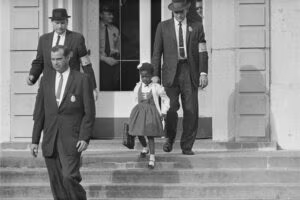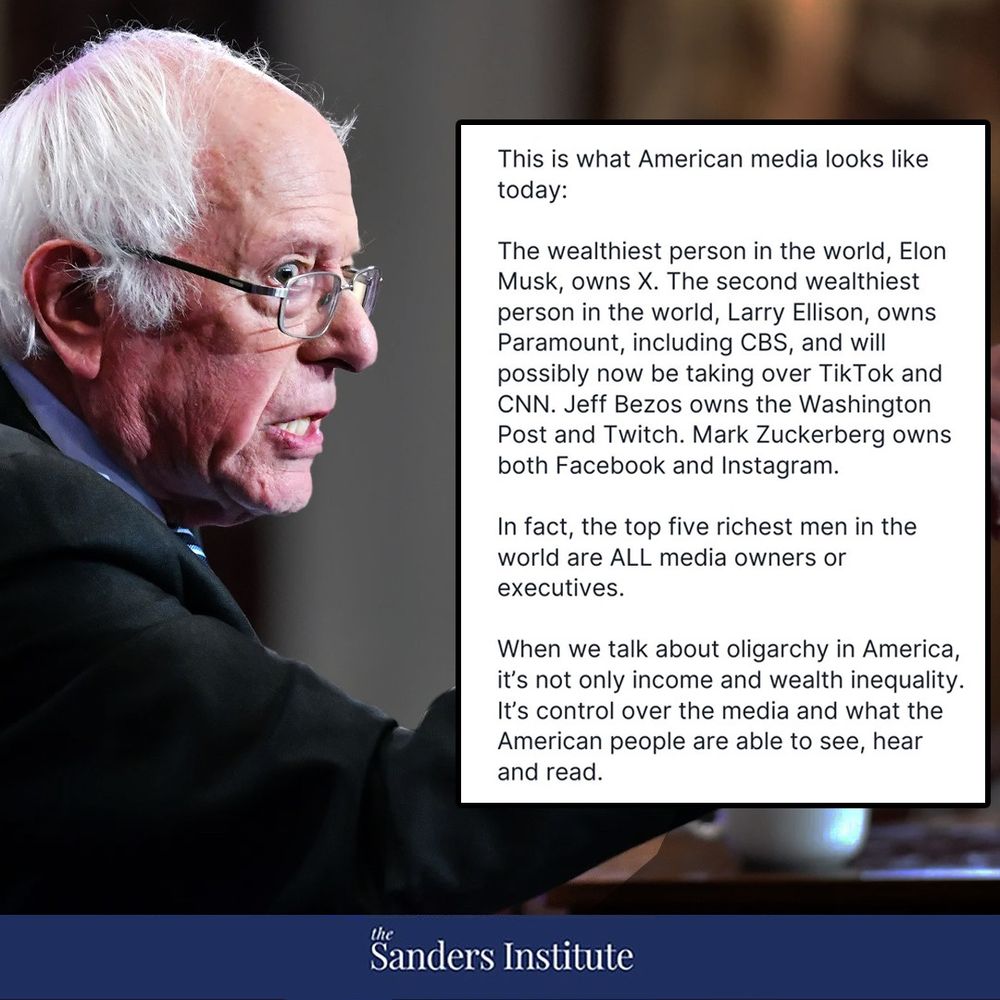Ruby Bridges’ historic walk to school on November 14, 1960, was a pivotal moment in the civil rights movement that garnered significant attention due to its profound impact on school desegregation in the United States. Her walk is celebrated each year with a Walk to School day.
The Historic Walk
On that fateful day, six-year-old Ruby Bridges became one of the first Black children to integrate an all-white elementary school in the South12. She was escorted by federal marshals to William Frantz Elementary School in New Orleans, Louisiana, amidst intense opposition and protests from white segregationists1.
Significance and Impact
Ruby’s brave actions were groundbreaking for several reasons:
Catalyst for Change: Ruby’s actions helped accelerate the desegregation process in New Orleans and inspired similar efforts across the country1.
Here’s an overview of her activities and accomplishments in the years following:
Desegregation Milestone: Her walk represented a crucial step in implementing the landmark 1954 Supreme Court decision Brown v. Board of Education, which declared racial segregation in public schools unconstitutional1.
Symbolic Courage: As a young child, Ruby’s bravery in the face of hostility and threats became a powerful symbol of the civil rights movement1.
Media Attention: The image of a small Black girl being escorted by federal marshals past angry protesters captured national attention, bringing the realities of segregation and the struggle for civil rights into American homes2.
Advocacy and Education
Ruby Bridges has remained committed to promoting civil rights and equality throughout her life. In 1999, she established the Ruby Bridges Foundation, which aims to promote tolerance, respect, and appreciation of diversity through educational programs34. The foundation’s mission is to provide resources, foster dialogue, and celebrate diversity in schools.
Writing and Public Speaking
Bridges has shared her experiences and message through various mediums:
- She wrote a memoir titled “Through My Eyes,” published in 1999.
- In 2009, she published a children’s book called “Ruby Bridges Goes to School: My True Story”.
- Bridges has been active as a public speaker, giving talks about her experiences and the ongoing struggle for equality at various events and institutions across the country.
Commemorative Events
Ruby Bridges Walk to School Day was established and is held annually on November 14th. This event serves as a reminder of Bridges’ bravery and aims to inspire students, educators, and communities to stand against discrimination and promote inclusivity3. In 2022, nearly 343,000 students from 1,400 schools participated in this event.
Continued Recognition
Bridges has received numerous awards and honors for her contributions to civil rights:
- In 2016, she received the John Steinbeck Award at San Jose State University.
- On November 9, 2023, she was awarded the Robert Coles “Call of Service” Award by the Phillips Brooks House Association at Harvard University.
- On March 5, 2024, Bridges was inducted into the National Women’s Hall of Fame, alongside tennis player Serena Williams.
Professional Career and Personal Life
After her school years, Bridges worked as a travel agent. She married and had four sons2. In 1993, she began working as a parent liaison at William Frantz Elementary School, the same school she had integrated as a child, which by that time had become an all-Black school5.Throughout her adult life, Ruby Bridges has continued to be a symbol of the civil rights movement and an advocate for racial equality and quality education for all children. Her story and ongoing work serve as an inspiration and a reminder of the importance of fighting for justice and equality.











